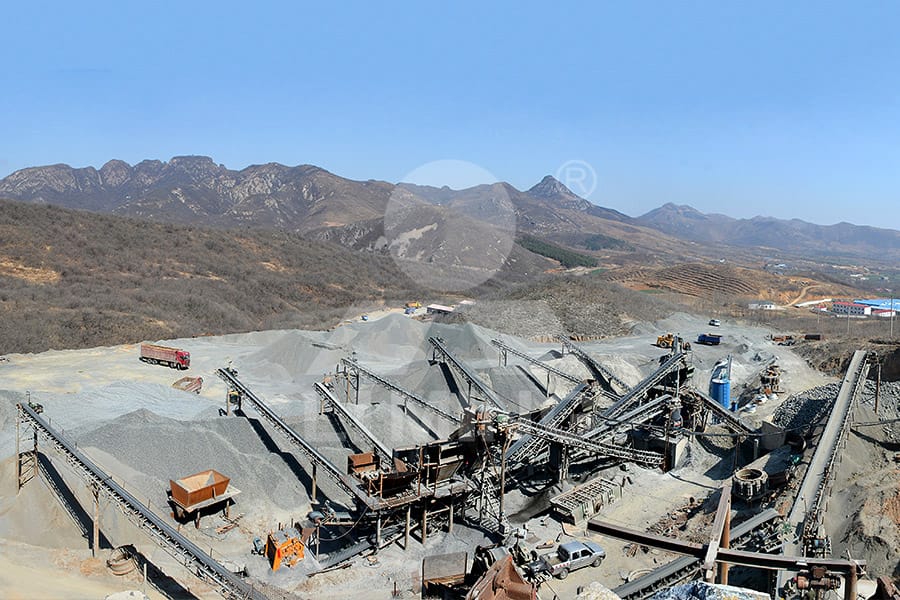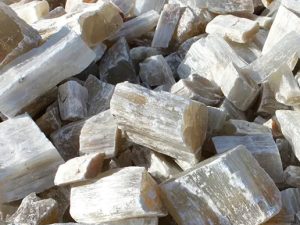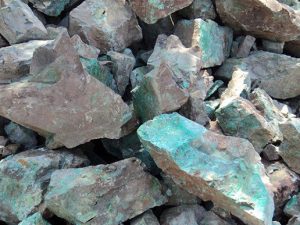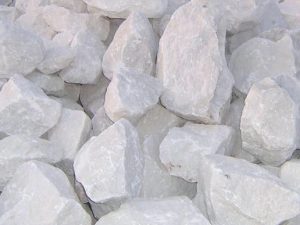Configuring a high-capacity river pebble crushing production line (800-1000 tons per hour) requires careful planning, equipment selection, and budgeting. This article provides a detailed breakdown of the cost factors and key components involved in setting up such a large-scale operation.
Key Components of an 800-1000 TPH Line
Primary Crushing: A robust jaw crusher (e.g., PE 1200×1500 or larger) handles initial size reduction of raw pebbles.
Secondary Crushing: Cone crushers (e.g., HPT series) or impact crushers further reduce material to desired sizes.
Tertiary Crushing & Shaping: VSI (Vertical Shaft Impact) crushers (e.g., 5X series) produce fine aggregates and improve particle shape.
Screening & Washing: Circular vibrating screens (e.g., 3YZS2460) and wheel sand washing machine (e.g., XSD3016) ensure product quality and cleanliness.
Feeding & Conveying: Vibrating feeders (e.g., GZD-1300×4900) and heavy-duty conveyors maintain material flow.

800-1000 tons river pebble crushing production line
Cost Breakdown
The total cost varies based on equipment quality, automation, and additional features like dust suppression systems. Here’s a general estimate:
Entry-Level Setup:
800,000–1.2 million (basic models with moderate output).
Mid-Range Setup:
1.5–2.5 million (high-efficiency crushers, advanced screens, and automated controls).
Premium Setup:
3–5 million (fully integrated systems with washing, recycling, and smart monitoring).
Factors Influencing Costs
Equipment Brand & Quality: Leading brands like Liming, Sandvik, and Metso offer durable machinery but command higher prices.
Customization: Tailored configurations for specific pebble hardness or output requirements add costs.
Location & Labor: Shipping, installation, and local labor rates affect total expenses.
After-Sales Support: Extended warranties, spare parts, and technical training increase upfront costs but improve long-term ROI.
ROI Considerations
High-capacity lines serve infrastructure projects (e.g., highways, dams) where demand for sand and gravel is high. With proper maintenance, these systems can achieve a payback period of 3–5 years, depending on market prices and operational efficiency.
Investing in an 800-1000 TPH river pebble crushing line requires balancing initial costs with long-term productivity. Prioritize reputable suppliers, scalable designs, and energy-efficient technologies to maximize returns.



